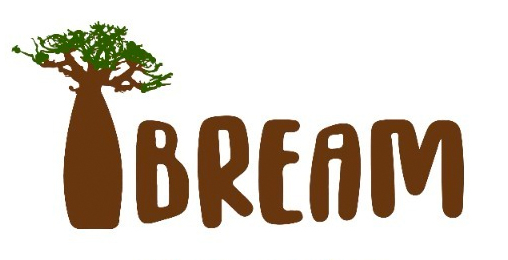The project based at Hluhluwe-iMfolozi Game Reserve, South Africa, wrapped up the field work at the end of July for the year. The past couple of months saw the next phase of breeding with all the packs begin a denning period and most producing offspring, adding to the population of the park.
From the seven packs in the park, all the dominant females became pregnant and five of these appeared to successfully den and give birth. From the two packs that didn’t successfully breed, the dominant female in one pack lost her litter for unknown reasons. This was the smallest pack in the park and the first breeding attempt for the female and this may have played a role in the poor success. In the other pack, several members including the dominant female were lost during denning, it may have been a consequence of a predator interaction due to the high lion density in that area, but we will never know. Only ten males were left and several weeks later, the two oldest males also left the pack to join another, leaving just one and two year olds. With so many inexperienced members this could potentially be disastrous for the pack, but fortunately a female from a neighbouring group joined them soon after and will hopefully lead to a well bonded and successful pack for the next breeding season.

All the other packs seemed to be denning successfully, but unfortunately fieldwork had to end before the pups were old enough to join the adults on daily hunts. In addition, nearly all the den sites were chosen in areas away from the roads, limiting observation of the pups when they first came above ground. However, just days before I left, I was rewarded with two sightings of pups, who were seen playing around in the afternoon. These pups, who were from the first litter born in May (approximately ten weeks old) seemed to be enjoying their time out of the den, while several adults kept trying to keep them at bay as the rest of the pack tried to sneak away for the afternoon hunt.
The upcoming months and through to the next breeding season, will prove a difficult time for each pack trying to keep the pups alive. Pup mortality can often be as high as 50% or more in the first year, so each pup that survives to yearling and then adulthood, provides a much needed boost to wild dog numbers, not just for the park, but for the overall population of the species.
The next stage of the project will involve reviewing and analysing the data over the past breeding season and analysing all faecal samples for various reproductive hormones. Hopefully some exciting results will unfold and this information can be used to assist management of this charismatic species.
